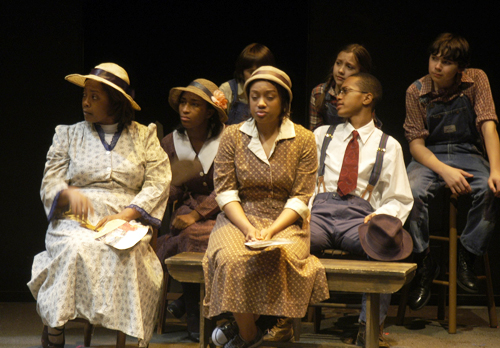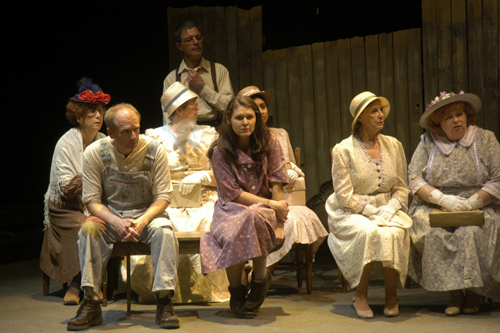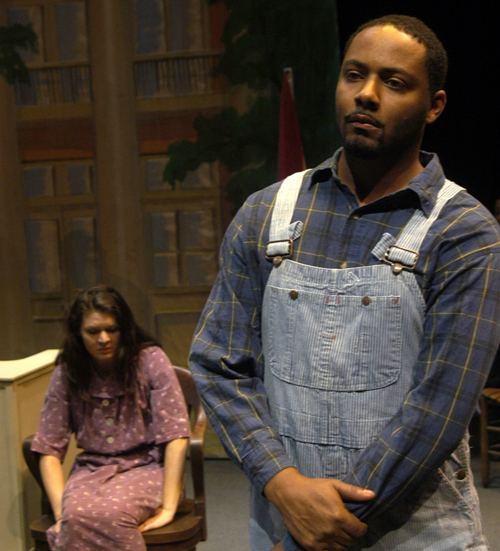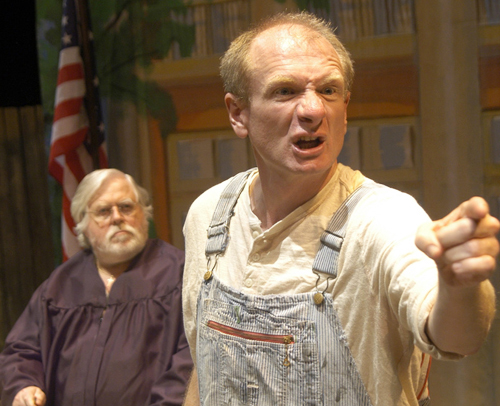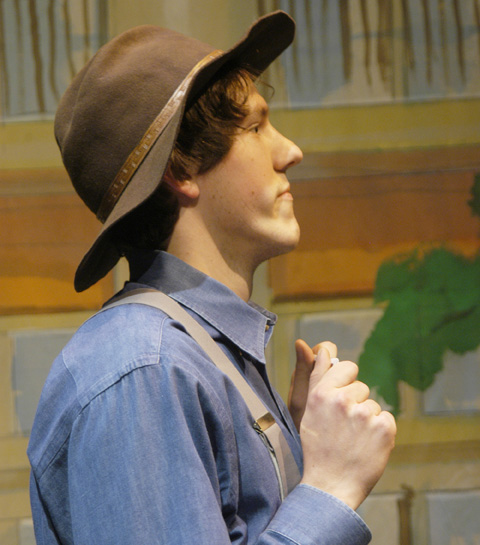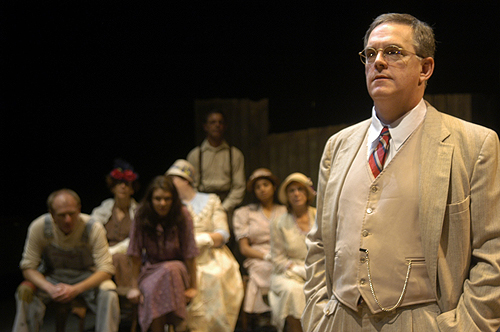To Kill A Mockingbird was the first and only novel published by Alabama native Nelle Harper Lee. The story is set in Maycomb, Alabama, a fictionalized version of Lee’s own hometown of Monroeville. It tells of a young girl coming of age in the rural south while confronting issues of race, class, and gender that are first raised when her lawyer father agrees to represent a black man accused of assaulting a white woman. Lee’s own father was a lawyer, and admittedly the model for the character of Atticus Finch in the book. Scout’s childhood friend Dill was also drawn from the author’s personal experience—she grew up living next door to a young Truman Capote! While Lee’s relationship with Capote soured in their adult years when he took to drinking and refused to dispel a rumor that he had helped Lee write To Kill A Mockingbird, they were close friends when Capote spent his childhood summers with his aunt and uncle in Monroeville.
Lee built her writing skills while working for literary and humor magazines at Huntington College and the University of Alabama, while pursuing a degree in law like her father and older sister. One term short of finishing her studies, Lee quit school and moved to New York to focus on her writing. Her friend Capote eventually introduced her to an agent there, and she spent a number of years toiling over what would become To Kill A Mockingbird while working desk jobs or surviving on her friends’ generosity and faith in her writing skills. A famous anecdote expresses the frustration Lee often felt with her work during this period. Supposedly, she once tossed the unfinished manuscript out into the snow, and her editor sent her out to retrieve it.
Published in 1960 to wide acclaim, To Kill A Mockingbird became an instant best seller and won the Pulitzer Prize the following year. The iconic story was quickly made into a Hollywood film that garnered its own buzz. Starring Gregory Peck as Atticus Finch, it won three Oscars that year, including a best adapted screenplay award for Horton Foote. It was adapted for the stage in the 1980’s. Harper Lee’s hometown puts on a huge production of it each summer though the author herself has never attended the play. In Monroeville, the central trial scenes are performed in the county courthouse. There, blacks and whites are segregated as they would have been under Jim Crow laws, and white male jurors (the only citizens eligible when the story took place) are chosen from the audience.
The fame that came along with the success of her novel unsettled Nelle Harper Lee, and after a few years of granting interviews, she retired from public life to focus on her writing again. She has only published a few essays over the last forty-five years, and prefers to live quietly in her hometown of Monroeville, where locals protect her from the prying eyes of journalists and her legions of fans.
(The Cast of To Kill A Mockingbird)

